 Consumer spending in the United States recorded its largest increase in over eight years during September, likely as Florida and Texas household began replacing motor vehicles damaged from hurricane flooding, but an underlying inflation was still muted.
Consumer spending in the United States recorded its largest increase in over eight years during September, likely as Florida and Texas household began replacing motor vehicles damaged from hurricane flooding, but an underlying inflation was still muted.
The U.S. Commerce Department announced Monday that consumer spending, which represents over two-thirds of the economic activity in the U.S., had jumped by 1% in September.
The rise, which included an increase as well from higher spending in households for utilities, was the biggest since August of 2009.
The data was also included in the third quarter gross domestic product report from last Friday, that showed growth in consumer spending had slowed to an annualized rate of 2.4% following a strong growth pace of 3.3% during the second quarter.
The moderation in consumer spending was offset with an increase in business spending for equipment, investment in inventory, and a fall in imports, which gave the economy a rate of growth of 3% during the third quarter following the three-month period of April through June’s brisk pace of 3.1%.
The Department of Commerce said that September data reflected effects of both Hurricane Harvey and Irma, but said that it could not quantify a full impact of the storms on personal income or consumer spending.
In September consumer spending was boosted by motor vehicle purchases, likely drivers in both Florida and Texas replacing their automobiles that had been destroyed during the two hurricanes that slammed both states during late August as well as early September.
Spending on goods that are long lasting such as autos was up by 3.2% in September, while outlays on service were up by 0.5%.
Although disruptions in supply chain due to the hurricanes likely also contributed to an increase in inflation during September, underlying the price pressure that remained benign.
The preferred inflation measure of the Federal Reserve, which is the PCE or personal consumption expenditures price index excluding energy and food, was higher by 0.1% during September. The core PCE as it is called has not moved higher by 0.1% for the past five consecutive months.
The core PCE was up 1.3% for the 12-month period through the ended of September, after a gain that was similar during August. The core PCE undershot the 2% target figure of the Fed for between five and six years.
